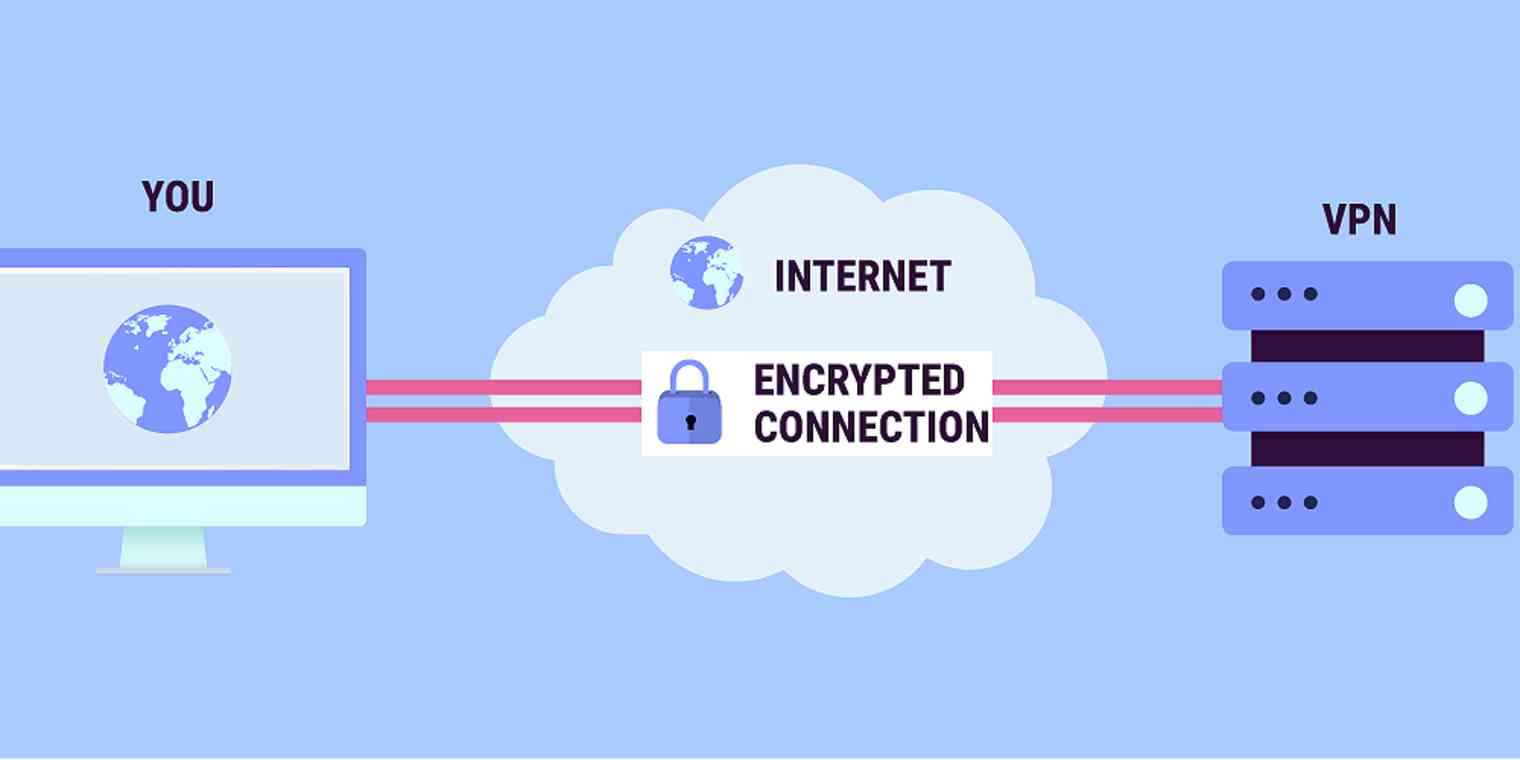A VPN, or Virtual Private Network, is a technology that allows you to create a secure and private connection to the internet. When you use a VPN, your internet traffic is encrypted and routed through a server operated by the VPN provider. This hides your IP address and location, making it difficult for others to track your online activities.
By using a VPN, you can protect your online privacy and security. It can help to prevent hackers, government surveillance, and other unauthorized parties from intercepting your internet traffic. This is particularly useful when connecting to public Wi-Fi networks, as VPNs can encrypt your data and prevent others from eavesdropping on your online communication.
Additionally, VPNs can help you bypass geographic restrictions by allowing you to connect to servers in different locations. This means you can access content that may be restricted or blocked in your current location, such as streaming services or websites.
It’s important to note that while VPNs offer increased privacy and security, they are not entirely foolproof. It’s still essential to use secure websites and practices to protect your personal information.
WHAT PROGRAMING LANGUAGE TO WRITE VPN?
To develop a VPN, you can use various programming languages depending on your specific requirements and the platform you are targeting. Here are a few popular programming languages commonly used to build VPN applications:
- C/C++: C and C++ are low-level programming languages that offer more control over the hardware and operating system. They are commonly used for developing VPN protocols and libraries.
- Python: Python is a high-level programming language known for its simplicity and readability. It offers various libraries and frameworks that can facilitate VPN development, such as OpenVPN.
- Java: Java is a widely-used programming language known for its platform independence. It can be used to create VPN applications that run on different operating systems.
- Go: Go is a modern programming language developed by Google that emphasizes simplicity, efficiency, and concurrency. It offers libraries like WireGuard that can be used to develop VPN applications.
- Rust: Rust is a relatively new programming language that focuses on performance, memory safety, and concurrency. It can be used to develop secure and efficient VPN applications.
It’s important to note that building a VPN involves more than just programming language choices. It also requires an understanding of networking protocols, encryption techniques, and security practices. Consider using existing VPN frameworks and libraries to simplify the development process and ensure secure implementation.
SOME OPEN SOURCE VPN SOFTWARE
There are several open-source VPN software options available that you can use or contribute to:
- OpenVPN: OpenVPN is a popular open-source VPN solution that uses SSL/TLS encryption. It has client and server software available for various platforms and supports a wide range of encryption algorithms.
- WireGuard: WireGuard is a relatively new open-source VPN protocol known for its simplicity and security. It aims to provide faster and more efficient VPN connections compared to traditional protocols. WireGuard is included in the Linux kernel, but also has implementations available for other platforms.
- SoftEther VPN: SoftEther VPN is an open-source VPN protocol developed by the University of Tsukuba in Japan. It supports multiple VPN protocols, including SSL-VPN, L2TP/IPsec, and OpenVPN, and is compatible with various operating systems.
- StrongSwan: StrongSwan is an open-source IPsec-based VPN solution for Linux and other Unix-like systems. It supports various authentication methods, encryption algorithms, and IKE (Internet Key Exchange) protocols.
- Tinc: Tinc is an open-source mesh VPN software that creates a secure network across multiple nodes. It is designed to be lightweight and easy to set up, making it suitable for smaller VPN deployments.
These are just a few examples of open-source VPN software available. Each software may have different features and requirements, so it’s important to review their documentation and choose the one that best fits your needs.
